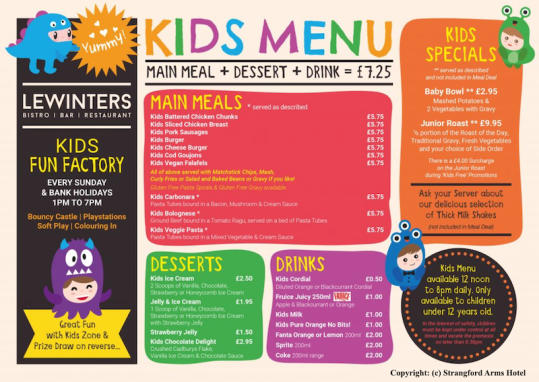Tagged: Conventions
Analyzing conventions in texts for different audiences
Pay attention to the following texts.


Suggestions for analyzing the conventions of texts.
It is important to keep in mind that students need to know the name of the iconographic and communication elements that are used to design texts in advance.
The appearance of the texts helps determine the target audience for each of the texts.
- Identify the iconographic and communication elements that were used.
- Inquire about the reasons why a specific target audience requires that the information be presented in a certain way.
- Investigate the elements that are most appropriate for each type of audience (information consumers).
- Explore how elements such as space, fonts (type and size), colors, icons, vectors are used to create texts for different types of audiences (consumers of information).
- Consider, depending on the type of text, the information that audiences can understand and respond to (this helps to determine why some iconographic and communication elements are not used when one has a certain target audience in mind).
- We should keep in mind that in order for students to be able to analyze the conventions of a text, they need to follow several steps: learn the meaning of words (conventions); remember the meaning and name each of the elements; understand its connection with the type of text and target audience; understand the relationships between all elements of the text and recognize how they contribute to the meaning, message, and purpose of the text. When students can do all of this, then they can analyze.
For this reason, it is advisable to scaffold the analysis process to help students to consolidate their performance in each step and thus continue moving forward.